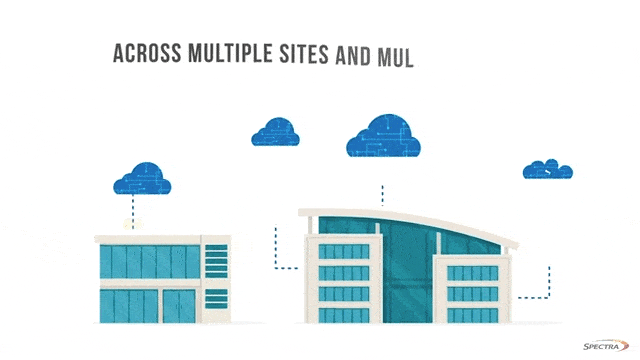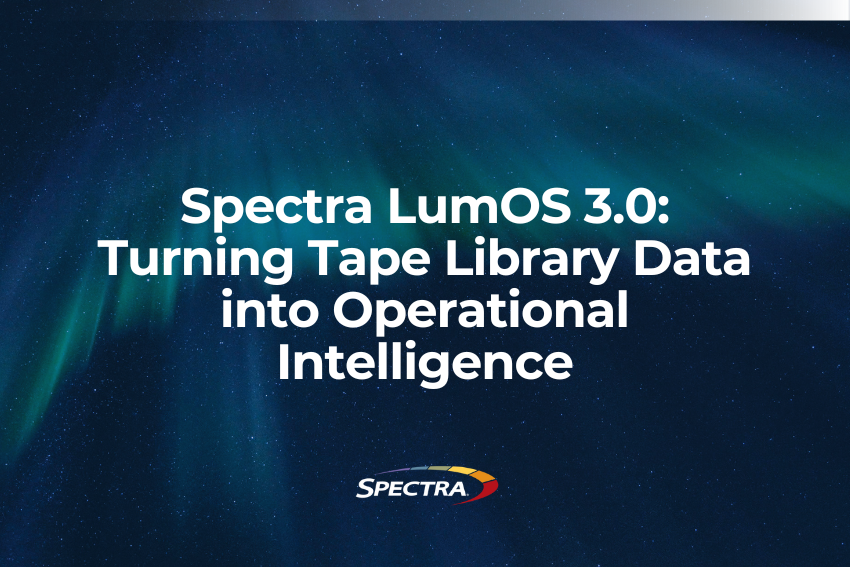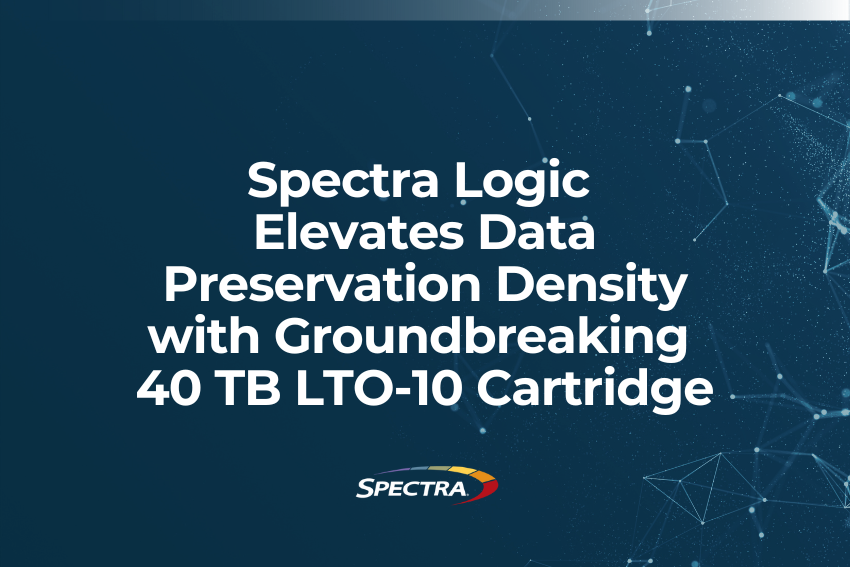Unlocking access to cloud services
Combining cloud storage and on-prem infrastructure into a single, central namespace is essential to unlocking access to cloud services no matter where data resides. This allows users to access data and storage across on-prem and cloud seamlessly and without disruption. In fact, ‘universal access’ to data makes data available from one or multiple locations, meaning on-prem and cloud applications can use  the same data without negatively impacting performance. This allows organizations to extract more value from their data by supporting the constant movement of data and applications across clouds and on-prem systems.
the same data without negatively impacting performance. This allows organizations to extract more value from their data by supporting the constant movement of data and applications across clouds and on-prem systems.
Automating data placement
Centralizing data management can also help organizations ensure that the right data is placed where and when it’s needed for the most effective, agile and productive workflows. Modern distributed multi-cloud data management tools orchestrate data movement across multiple clouds and multiple sites to ensure that high-performance hardware, software and services are available for critical applications, while less frequently used data resides on a lower cost tier of storage. Furthermore, organizations that integrate on-prem data and cloud services using lifecycle rules that determine where objects are stored and the length of time they are stored, will find that their workflows are more responsive, competitive and cost effective.

The Spectra Vail Advantage
Spectra Vail Multi-Cloud Data Management Software centralizes data management across on-premises and multi-cloud architectures, enabling on-demand data access and placement within a single global namespace. Vail delivers policy-based data orchestration, streamlining workflows and reducing overall costs and complexities for organizations that want to leverage the power of the cloud without the hefty egress fees. With Vail, organizations can take advantage of cloud services no matter where data is created or stored, whether in a public cloud, on-premises or a hybrid set-up. Learn more here.







